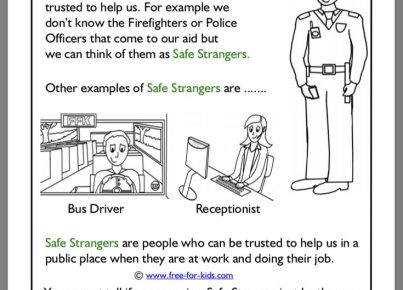In today’s fast-paced world, emotional resilience is essential for students to navigate the daily challenges they face. This ability to bounce back from adversity helps students maintain a healthy outlook on life and improve their overall well-being. Here are five simple yet effective one-minute activities teachers can incorporate into their lesson plans to help students build emotional resilience.
1. Mindful Breathing
Encourage your students to practice mindful breathing for one minute every day. This activity requires them to take deep breaths and focus on their inhalation and exhalation. This grounding exercise helps calm the nervous system, reduces anxiety, and helps students become more self-aware of their emotions.
2. Positive Affirmations
Promote emotional resilience by teaching your students to recite positive affirmations. Choose an affirmation, such as “I am strong,” “I can handle this,” or “I believe in myself,” and have your students repeat the phrase silently in their minds for one minute. The repetition of positive self-talk improves self-esteem, confidence, and builds a growth mindset.
3. Progressive Muscle Relaxation
Stress can build up in the body and manifest as muscle tension if not addressed effectively. Teach your students the practice of progressive muscle relaxation by guiding them through tensing and relaxing different muscle groups for a few seconds each within the span of just one minute. This activity promotes relaxation, body awareness, and fosters a clearer mind in stressful situations.
4. Gratitude Practice
Incorporate gratitude into your students’ routine by having them list three things they’re grateful for each day. They can do this mentally or write it down in a personal journal if there’s time. Encourage them to reflect on these aspects of their lives for one minute every day, focusing on how these factors make them feel happy and contented.
5. Mental Reset
The mental reset is a simple yet effective technique that teaches students to take a “mental break” when feeling stressed or overwhelmed. Have your students close their eyes and visualize an object or situation that brings them joy, happiness, or relaxation. They should focus on this mental image for one minute, letting go of any negative thoughts or emotions. This practice enables them to regain control over their emotions and refocus on the task at hand.
In conclusion, equipping your students with these five one-minute emotional resilience strategies can significantly improve their psychological well-being. These exercises are easy to incorporate into daily classroom routines, helping students manage stress and better navigate life’s obstacles. By fostering emotional resilience, you instill lifelong skills in your students that encourage growth and adaptability throughout their lives.




